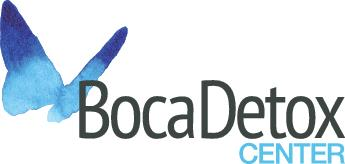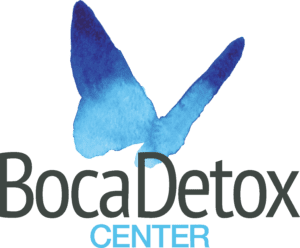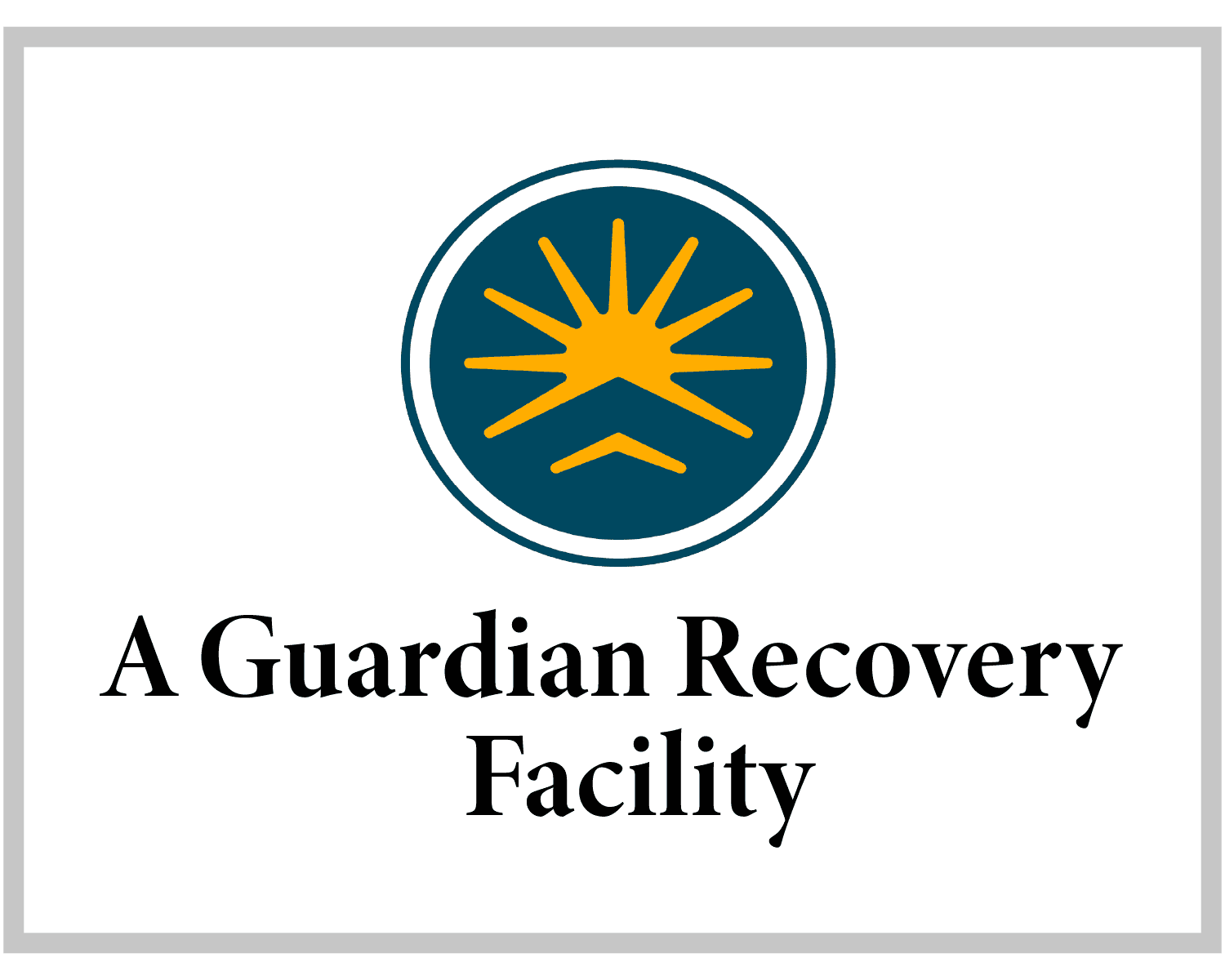Don’t Fall for the Cute Names, Substance Cocktails are Lethal
Powerballing, chasing the dragon, cocoa puffs; sounds like fun, doesn’t it? The names given to many mixed substance cocktails can often sound like a joyous theme park ride, but instead are terms invented to hide the fact that mixing lethal drugs or mixing drugs with alcohol is a really bad idea.
Take “powerballing” or “speedballing” for example, which is a mix of opiates and cocaine. While opiates cause the body to use more oxygen, cocaine causes your breathing to slow down. The effect of the two combined is that you could stop breathing altogether. Mixing these two substances could cause a stroke because of the sudden changes in blood pressure, or you could trigger cardiac arrest due to sudden changes in both heartbeat frequency and blood pressure. Get the picture?
The Logic Doesn’t Work
A few attempts have been made at attaching some sort of logic behind mixing various substances. One is born from the desire to enhance the drug reaction, while another is an attempt at mitigating the nastier side effects of one or the other substance.
The first theory is extremely dangerous while the second is a complete fallacy – replacing, or more accurately adding to, one set of side effects with a second, possibly more unpleasant, set is not wise, no less making the substance use even more dangerous.
Polydrug Use
Mixing drugs with alcohol or creating drug cocktails is known officially as polysubstance or polydrug use. As the body becomes accustomed to use of the initial drug, the amount needed to get the same effect increases. Some people adjust to this by increasing the doses or increasing their frequency, while others add additional substances to the mix.
The root of the polydrug problem is triangular. The drugs interact with each other and the body interacts with each drug. The influences of all three reactions could be unpredictable and could be very different on each occasion taken. The effect that the user got the last time they used might not even resemble the effect they get the next time, even if they believe the drug mixture was the same.
Increased Risk of Addiction
Drugs and alcohol are both addictive and combining the two increases the risk of addiction to both substances simultaneously. Having multiple addictions will also complicate the treatment required to affect a proper withdrawal for each substance and increases the risk of complications through the withdrawal process.
Increased Risk of Overdose
All substances have a different life or length of time over which they are effective. With powerballing, the effects of cocaine wear off much faster than the opiates, which might tempt the user to take too high a dose in order to prolong the effects. Accidental overdose is one of the leading killers associated with polysubstance abuse.
The Amplification Effects
If the side effects are not enough to deter a user from mixing these cocktails, keep in mind that one substance will act as an enabler to the other. Opiates, cocaine, methamphetamine and alcohol all make a person highly intoxicated. Taken in combination, a person can become so inebriated or uninhibited that they are at high risk of acting in a regrettable or even criminal manner.
The possibility of unwanted sexual acts, with the associated diseases and consequences, becomes greater, along with the possibility of daredevil behavior – for which the inebriated person most likely no longer has the coordination to accomplish, can cause lifelong mental, physical, or sociological issues, even accidental death.
Alcohol and Benzodiazepines
These two substances are the most commonly mixed and is called a “time flip”. More than 80% of alcoholics in treatment are dependent on another substance. Mixing alcohol and marijuana, known as “Herb and Al” can bring a person into dangerous territory faster than using one or the other singularly. When alcohol and cocaine are mixed, known as “snow-coning”, it can increase violent thoughts and behavior.
The effect of benzodiazepine (Xanax) is notorious for its strength and ability to last for a long period of time. When making a cocktail, this drug is commonly mixed with heroin. As the body gets used to heroin being present, its effects begin to lessen and so it’s often attempted to heighten the effects of the heroin by introducing Xanax, or similar, allowing the user to once again experience the feeling that they got when they first began taking the heroin.
Treatment
Polydrug users are in a high-risk category of their own with a lethal drug cocktail. The potential for acute mental distress accompanied by unpleasant physical side-effects makes withdrawal difficult and dangerous.
Treatment for a polysubstance user at an inpatient facility is recommended, where the user can possibly be assisted through the withdrawal process of the primary substance, with other medications included to manage the secondary addiction on a tapering schedule. Patients will benefit from 24/7 medical monitoring and supervision by trained medical professionals with experience in substance withdrawal with inpatient facility care.
Patients will also receive a great deal of emotional support at a time when they are at the most vulnerable for relapse. Recovering from polydrug abuse isn’t easy, but it can be done with the right help.

Reviewed for accuracy by:
Susan Shirley
LMHC
Serving as the Inpatient Clinical Director at Immersion Recovery Center, Susan will work directly with staff members, clients, and family members to ensure the clinical program remains as effective and individualized as possible. Susan is no stranger to the fields of behavioral health and addiction. She has over 25 years of experience, working in an inpatient setting, an outpatient setting, acute stabilization and nearly all other settings in the realm of addiction recovery.
We Are Here For You
Let Us Help You Heal
Our detoxification experience is second to none.
Learn how we can help by speaking with one of our Treatment Advisors today.






















